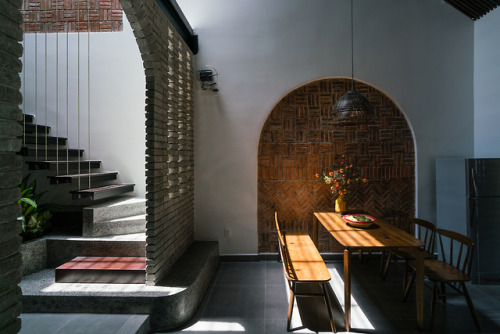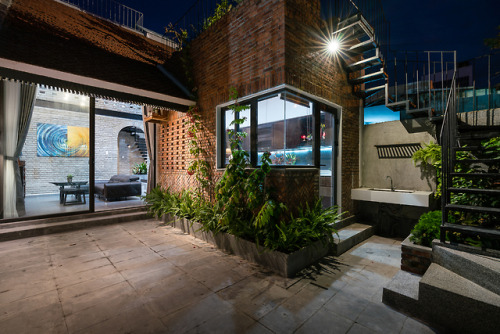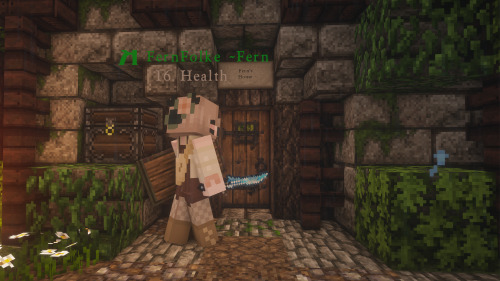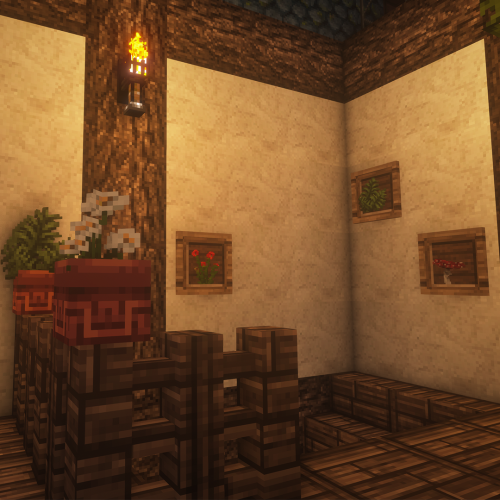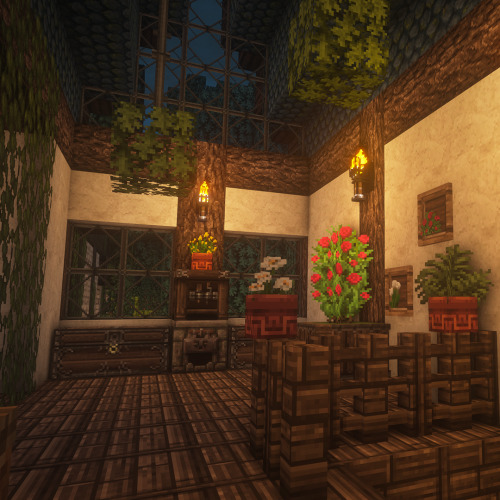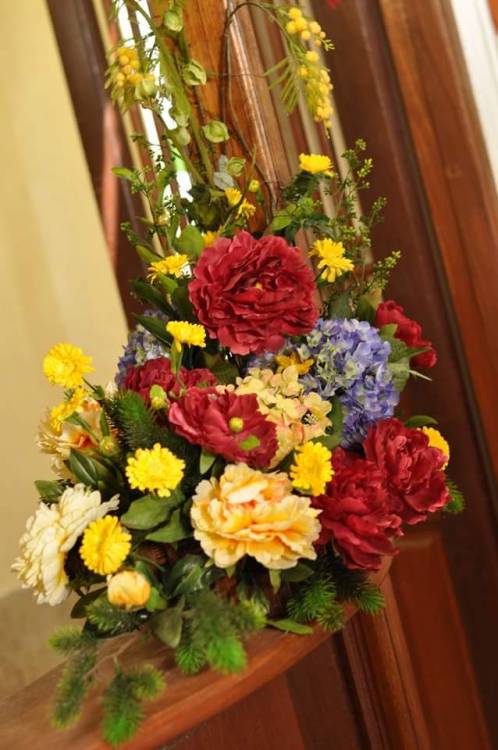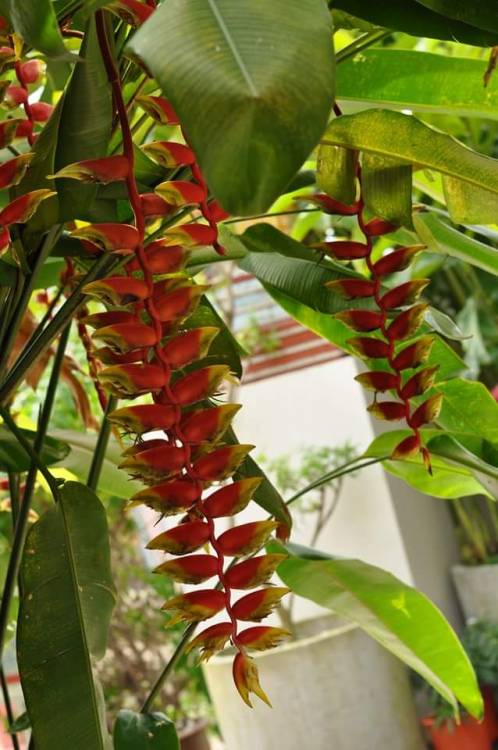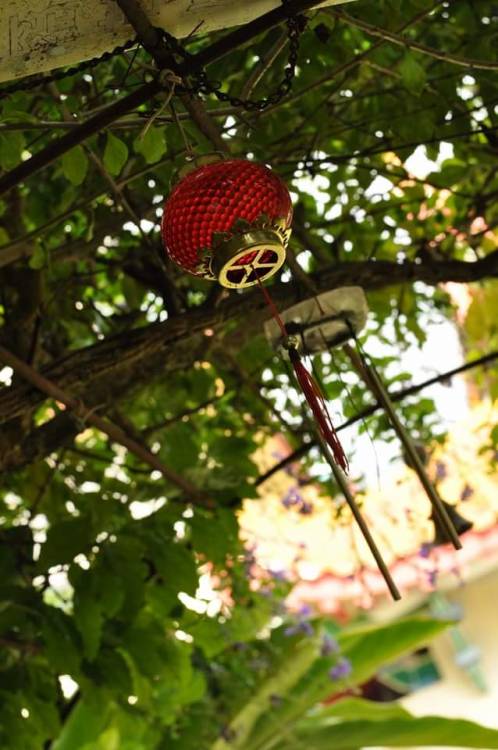#decoration
Foto: Roberto Cardoso | @robertocardosog

Quero a delícia de poder sentir as coisas mais simples.
Manuel Bandeira
Find this autumn cat in October issue of Just CrossStitch magazine! Enjoy every stitch!

#cute #decoration #deko #decor #christmas #christmasdecoration #weihnachten #weihnachtsdeko #weihnachtsdekoration #candycane #kempten #kemptenforum #allgäuforum #forum #allgäu #germany
Post link




Succulents are doing nice this end of winter here in Brazil. I don’t feel much like expanding my collection right now, but the colors they make… Surely I’ll be repotting them in the future to bigger bowls, love to see them spreading all over.


A typical M. cristata leaf and this one that came out weird. Could that be mosaic virus? I’ll wait to see how this will develop, maybe just some bad leaf pigment formation.





Just a reminder I still love succulents
Begonia soli-mutata is my baby, seriously look at those colors, the texture and everything else about this plant. Super common okay but damn. It can be used as a bedding plant for a truly gorgeous composition. Grows all year round if you don’t get snow over it but it’s quite an adaptative grower. Seems to do well in subtropical climate so must have above average hardness.





Thaumatophyllum bipinnatifidum young leaves, native around here. It is said that indigenous people used to eat the fruits just like monstera deliciosa. But may take a while to see that one flowering. Specially because it turns to be a huge, massive plant when adult and I’m not sure I can afford that kind of space, but we’ll manage.

Mine still young but as one can see the “trunk” like structure is arealdy forming, a very specific characteristic of the genus. No other philodendron can produce a structure like this, only those species of thaumatophyllum that developed and divided from other philodendron in an early evolution stage.
Now I’ll be waiting for it to develop more leaves and become larger. Later those plants start to look like huge snakes with the winding trunk of theirs as they lose the older leaves and just keep the crown ones like a palmtree of sorts.





Philodendron mayoi was my first foliage, the plant that started it all around a year ago (with foliage at least). It’s from central Brazil, growing on the tropical savannah’s tree shade and near course of water. Those pinnated leaves are way rounder than similar species like P. radiatum, P. elegans and others. But the best part of it is that I didn’t buy it or was gifted. It just popped on the yard from seed and I managed to take a cutting.
Now I should get some tutor for it ASAP because surely I want to see it develop more leaves and perhaps reach something around 2 meters high, what you guys think? It stays outside in my pergola area receiving a filtered bright light specially at noon.

Philodendron acutatum is a common yet beautiful foliage from brazilian rainforests. Usually found in the Atlantic Forest, but also the Amazon. Has a red border and leaves can grow in many sagitated shapes. It’s a hemiepiphyte herb that once it climbs can produce several aerial roots which were traditionally used by local indigenous people as source of several crafts like baskets and others.
This leaf is quite small yet, but an adult plant can reach something around 20 inches or more. The leaves are sparse right now as this one was clustered with other four ones and I moved it to climb a wood pallet that is in the background there. Watering the pallet will increase the chances of the roots adhering over it.
I’ll bring more posts about individual tropical plant species and talk about them. What do you guys think about it?




